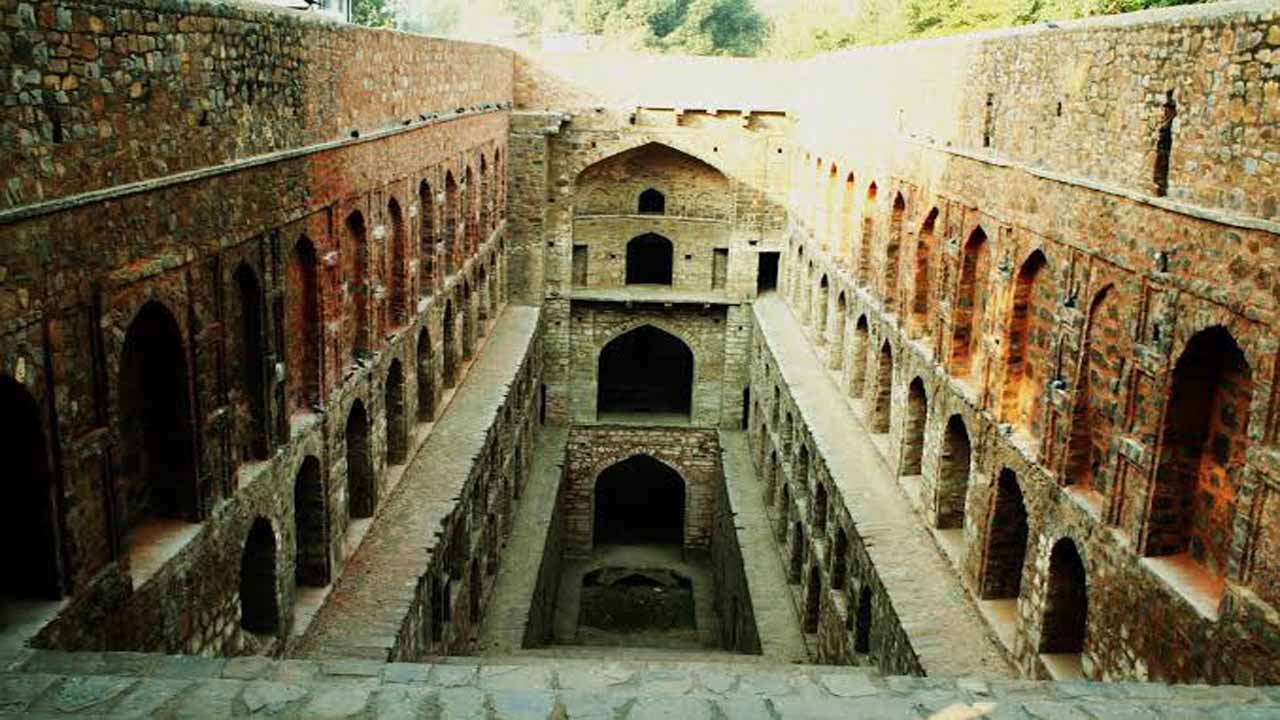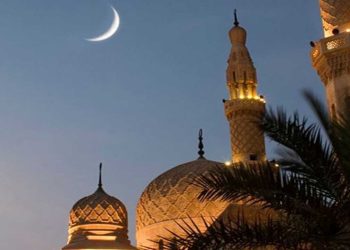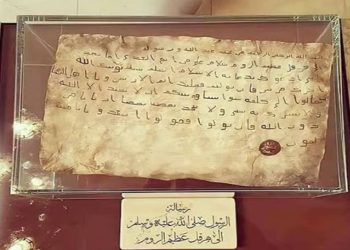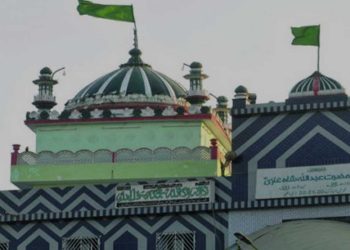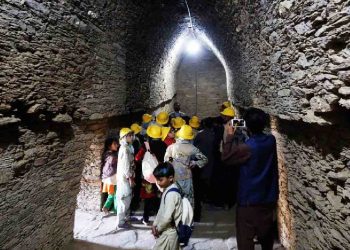GUJRAT: The archaeological department in Kharian is restoring a centuries-old baoli (steppedwell).
On the request of civil society, the Punjab government authorised a project to rehabilitate the site, for which in the current fiscal year Rs10 million was set aside.
Excavation is underway at the location, with at least 25 feet drilled so far, with experts estimating the depth of the well to be between 70 and 80 feet.
Baoli is a Persian word that refers to a well with stairs leading down to the bottom where water may be fetched. Along the principal routes of army convoys and passengers on elephants, horses, and other animals, such wells were created centuries ago. When there were no ways of pumping it up to the surface it used to be a source of drinking water.
The steps of the baoli in Kharian were sculpted out of stone during the reign of Mughal Emperor Aurangzeb. From the beginning of the underground water table, during the summer season to keep the water cold, it was split into several chambers to keep the water cold.
Excavation is being done manually, according to Muhammad Imran, an assistant director in the archaeological department, to avoid any harm to the site’s original construction.
One arch had been opened, and the entry to the baoli had been restored to its original shape. After the excavation, the precise number of arches would be determined, and a steel railing would be built to protect the site from potential damage.
The two-Kanal and 14-marla site had been neglected for a long time, as a lot of people had encroached over various areas of it after the district administration had evacuated it last year.
Later, civil society groups urged that the Punjab government return the place to its former status as a tourist destination.
